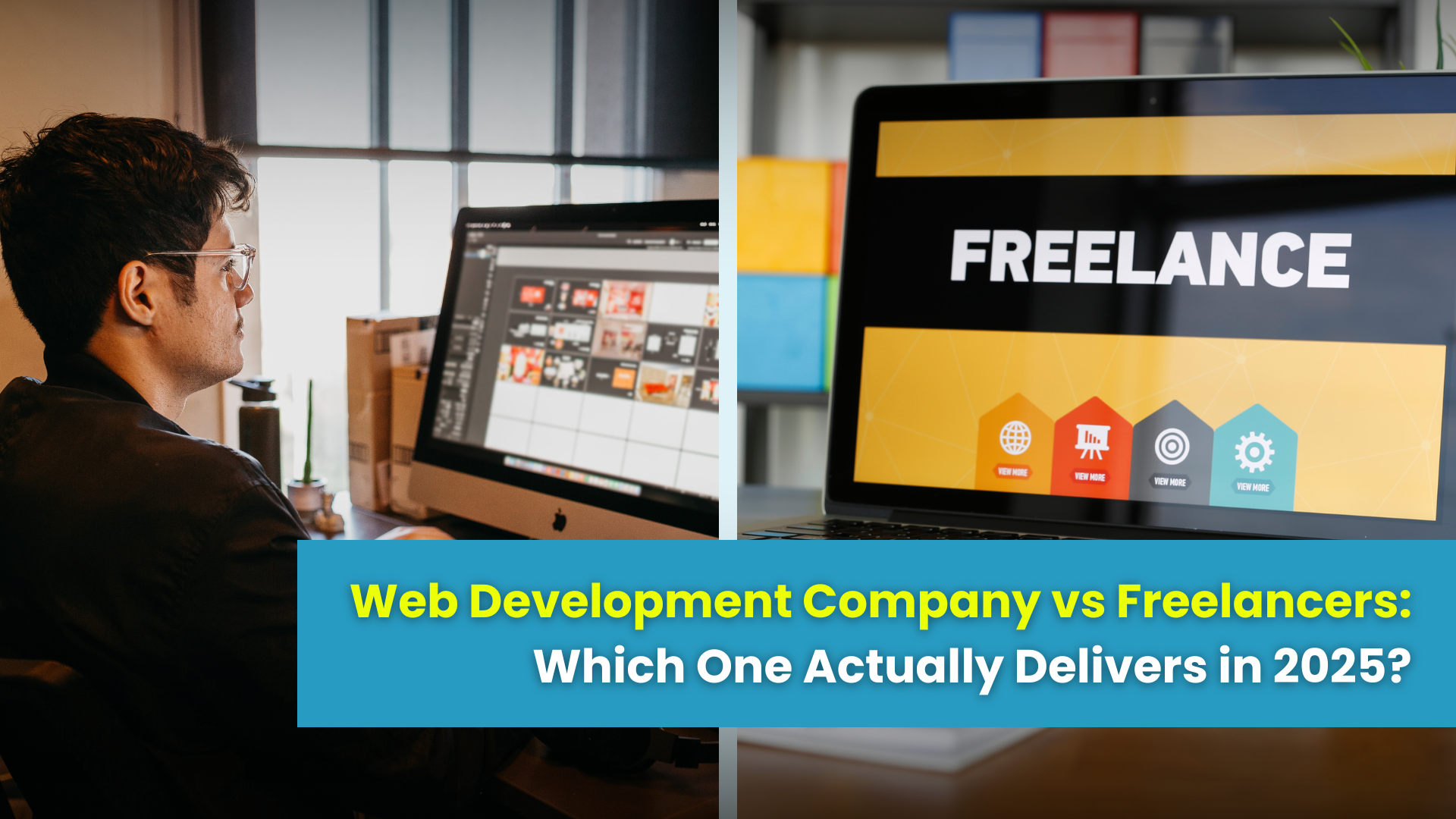
20
Web Development Company vs Freelancers: Which One Actually Delivers in 2025?
- Choosing between a solo expert and a team is a revenue decision, not a vibe check. This guide compares web development company vs freelancer on speed-to-stability, security, Core Web Vitals, and aftercare. Learn when to hire web development company India, how to control scope, and what “best website design 2025” really demands. Includes a decision flow, RFP email template, and TCO lens tailored to India so you pick the partner that actually ships.
The Slack Ping You Can Hear In Your Bones
- You've chased the demo build all week. The freelancer says, “Almost there.” Your sales deck depends on it. It's 8:57 p.m., your client review is tomorrow morning, and a new message lands: “Small blocker. Need another day.” Your stomach drops. You don't need more pixels; you need predictability. That's the real question behind web development company vs freelancer in 2025 - not talent (there's plenty), but responsibility when deadlines hinge on revenue. In a market where buyers scroll from mobile trains and decisions happen in minutes, your website is either your best salesperson or your loudest excuse. Which one you get depends on who builds it and how they run.
- Two honest bridges before we compare: first, most freelancers are brilliant and overworked; second, companies can be expensive and slow. Choosing right isn't about tribe, it's about fit for your risk, speed, and scale. Let's break it down like operators do - by outcomes, not opinions.
What You’re Actually Buying: Capacity, Continuity, Accountability
- When you hire, you aren't purchasing designs; you're purchasing guaranteed progress. With a strong team, holidays, sick days, and surprise server meltdowns don't derail launches because there's coverage. With a solo builder, momentum is fragile. In 2025, the difference shows up in boring places that decide success - version control rituals, incident runbooks, QA checklists, and the habit of writing things down.
- This is why founders googling hire web development company India aren't always looking for “enterprise.” They're looking for insurance. Insurance that a backup dev can pick a ticket mid-sprint. Insurance that Core Web Vitals don't regress after a homepage refresh. Insurance that a Friday-night outage is handled without a 2 a.m. treasure hunt for a missing SSH key. Freelancers can absolutely provide this - the best do - but they must behave like a micro-agency: docs, repos, monitoring, and backups. If you don't see those, you're buying hope.
- And remember your user. They don't care whether a company or a solo dev built your site. They care whether the Add to Cart works first try on a mid-range Android, and whether your pages meet the expectations of best website design 2025 - fast, accessible, and trustworthy.
Head-To-Head: Outcomes, Not Hype (A Mini Debate)
- Client: We need speed. Can a freelancer ship faster?
- Company: We parallelize. Design, backend, and QA move together. Faster to stable.
- Freelancer: Fewer handoffs. I decide and deliver. Faster to first draft.
- Client: Who protects us from surprises?
- Company: Runbooks, on-call rotation, staging parity. Incidents follow a script.
- Freelancer: I’m the script. You’ll have my number. Zero bureaucracy.
- Client: What about costs?
- Company: Higher retainers, lower risk. We absorb shocks.
- Freelancer: Lower rate, higher variance. You save - if scope stays honest.
- None of these lines are wrong. The choice turns on your tolerance for variance. If you’re pre-PMF and experimenting weekly, a senior freelancer with product sense might outrun a committee. If you’re migrating payments before Diwali, you probably want a team with redundancy. In web development company vs freelancer, you’re not picking heroes; you’re picking failure modes you can survive.
A Flowchart In Words - Decide In 90 Seconds
- Start here: Is a missed date a reputational risk? If yes, lean company. If no, continue. Do you control scope tightly, with decisions made by one person? If yes, a freelancer thrives. If decisions need stakeholder buy-in and legal review, choose the team. Next: Will your site integrate CRM, payments, inventory, analytics, and multilingual content? That’s multiple interfaces and handoffs - advantage company. Is your budget strictly limited for an MVP? Advantage freelancer, but insist on a written cutlist - features to drop if time slips.
- Two final branches. Do you expect traffic spikes around festivals, sales, or press? If yes, choose resilience - logging, alerting, and on-call are easier with a team. Do you need frequent content and design changes post-launch? If yes, a company with a support desk prevents small tasks from becoming week-long waits. If most answers leaned toward risk containment, the search terms hire web development company makes sense. If your answers leaned toward speed with surgical scope, a focused freelancer may be exactly right.
Total Cost Of Ownership (TCO) In India - The Part Budgets Miss
- The invoice is the smallest cost. The big ones hide in maintenance, regressions, and missed conversions. A cheap build that ships late, performs poorly, or breaks under load costs far more than you saved. When you weigh web development company vs freelancer, compare full-year TCO: hosting and CDNs, error tracking, security patches, analytics, A/B testing, content ops, and the human hours you spend coordinating people.
- India-specific realities make TCO spiky. Mid-range Android dominates, bandwidth varies, and multilingual support is not a future feature - it's now. If your freelancer optimizes on a MacBook Pro over fiber, but your buyers browse on patchy 4G, you’ll pay the conversion tax in silence. Teams with QA across devices and regions catch that; so do senior independents who test in the wild. Ask both for their device matrix and performance budgets. Ask how they’ll keep best website design 2025 standards while your content team adds images and scripts over time. TCO is less about who is cheaper; it’s about who keeps you from paying the hidden bills.
Speed, Quality, Reliability - Pick Two? Not Anymore
- The old triangle said you can only choose two. 2025 punishes that thinking because users abandon in seconds. The real trick is sequencing: a freelancer can optimize for speed-to-first-draft while a company optimizes for speed-to-resilience. You need both - in order. MVPs need momentum; revenue sites need muscle. If you must choose, pick momentum that respects guardrails. That means Core Web Vitals embedded in sprints, accessibility checks baked into PRs, and error budgets that stop launches when quality falls.
- When comparing, watch behaviors. Do they run Lighthouse on staging as a gate? Do they block merges if INP slips above 200ms? Do they write automated tests for the flows that make or lose you money? Both a great freelancer and a great team will show you graphs, not adjectives. Align on outcomes: for best website design 2025, you want measurable speed, clarity, and stability. And you want the courage to cut the flourish that costs 600ms on a ₹12,000 phone.
Contract Hygiene - A Checklist That Saves Weekends
- Before you sign, sanity-check the paperwork and the working rhythm. Good agreements prevent bad evenings. Use this practical list:
- Scope framed as outcomes (“reduce checkout time by 20%”), not only features.
- Performance budgets per page, with device and network profiles listed.
- Security baseline: HTTPS, CSP, secret rotation, monitored errors, backups.
- Ownership clarity: repos under your org, portable assets, clean exit plan.
- Support cadence post-launch: hours, channels, SLAs, who is on-call.
- Change control: how scope shifts are priced and approved.
- Accessibility acceptance criteria: contrast, focus order, alt text, keyboard nav.
- If an agreement misses the basics, push back. Professionals welcome guardrails because they protect quality. Whether you choose a company or a freelancer, this checklist turns promises into habits. It also helps you compare like for like when you weigh web development company vs freelancer proposals.
Cultural Analogy - Bollywood Crew vs Indie Filmmaker
- Picture a film set. The indie filmmaker moves fast, improvises, and shoots magic with a tiny crew. The Bollywood production brings lights, safety, schedules, and backup actors. Both can make great cinema; both can also flop. What matters is the movie you’re trying to make. A product-market-fit MVP is a short film - pace and voice matter more than perfect sets. A payments platform is a blockbuster stadium release - you need cranes, not just courage.
- The best founders mix models. They’ll use a senior freelancer to spike ideas, then hand off to a company for scale and compliance. Or they’ll hire a company, but keep a trusted independent designer embedded to fight for narrative and clarity. In India’s 2025 reality, hybrids win because they’re honest about constraints. Your job is to cast wisely. And keep audience experience - not backstage romance - front and center. That’s how you end up with the best website design 2025 for your budget and brand.
A Sample Email You Can Paste Into Your RFP
- Subject: Website Build - Outcome-Focused Proposal Request
- Hi Team,
- We’re evaluating partners for a 12-week build. Please share a proposal that includes:
- Outcome targets (speed, conversion, accessibility)
- Performance budgets for mobile on 3G/4G
- Security baseline and incident process
- Team structure/backup plan
- Post-launch support plan and SLAs
- Pricing with change-control model
- Two case studies with measured impact.
- We’re open to both company and senior freelancer proposals. Please address trade-offs explicitly so we can choose fit over fashion.
- Thanks, [Your Name]
- Use this to force clarity. The replies will tell you more than portfolios do. And if someone dodges numbers, they’re telling you they don't own outcomes yet - a red flag whether you plan to hire a web development company or a solo operator.
Where WebSeeder Fits
- Since you asked this on a WebSeeder brief, a transparent note. Our bias is teams that behave like owners. We combine product thinking with engineering rituals - Core Web Vitals gates, accessibility checks, security-by-design, and weekly reporting tied to funnel metrics. We’re comfortable collaborating with senior freelancers you love, and we’ll say no to features that cost speed without earning trust. If you use the frame in this article, you’ll evaluate us better - and you’ll evaluate everyone better.
- We don’t believe in one-size answers. We believe in right-size choices. If you need momentum, we’ll stage it. If you need muscle, we’ll staff it. If you need both, we’ll sequence it. Your user doesn’t care how we organize; they care how it feels. We keep that as the north star for best website design - fast, clear, and kind.
Final Ten-Minute Test Before You Decide
- Call your finalist and run this micro-drill live:
- Ask them to open a recent site on a mid-range Android and narrate a 60-second performance and accessibility audit.
- Request a quick event model for your primary conversion (what events, names, and properties?).
- Ask how they would prevent a CLS jump on your hero section.
- Share one risky feature and ask for a “cutlist” - what they would drop first if time slips.
- End with on-call: who answers at 10 PM and what the first 15 minutes look like during an incident.
- If you hear crisp answers with trade-offs and playbooks, you’ve found adults. If you hear buzzwords, keep looking. The internet doesn’t grade intentions; it grades experiences. Choose the builder who owns them - whether that’s a senior freelancer you trust or a web development company with guardrails. That’s the only winning answer to web development company vs freelancer in 2025.
Our Clients








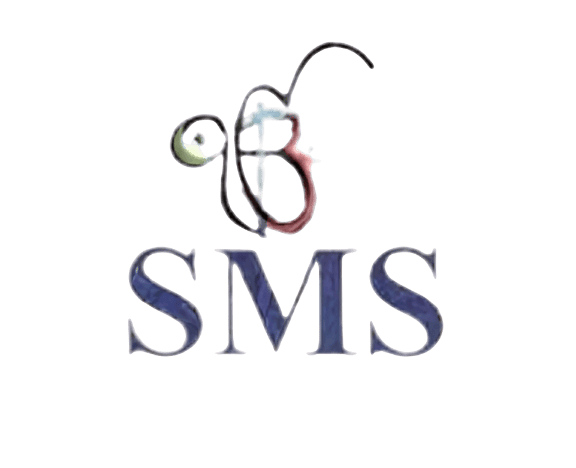


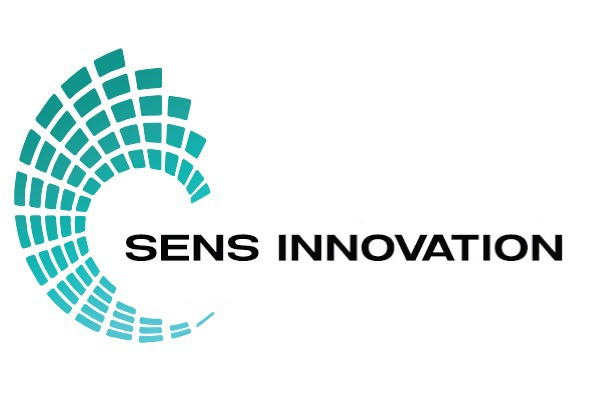
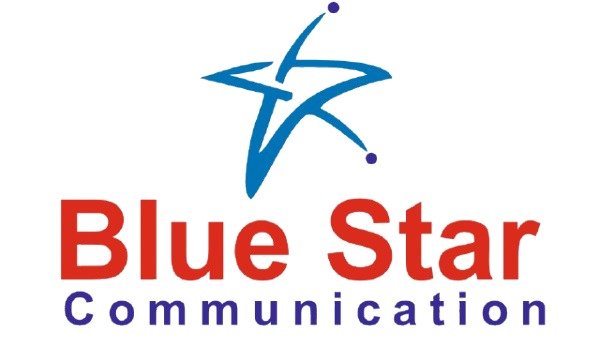

































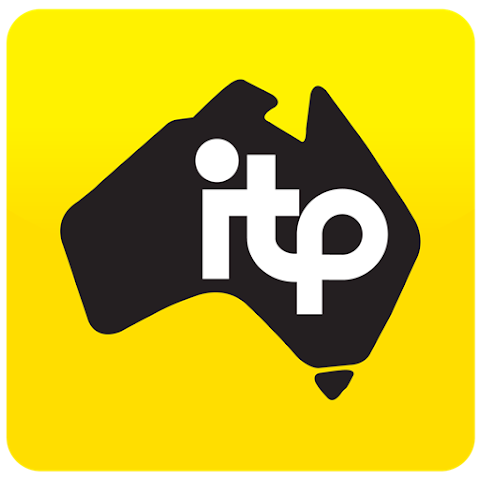


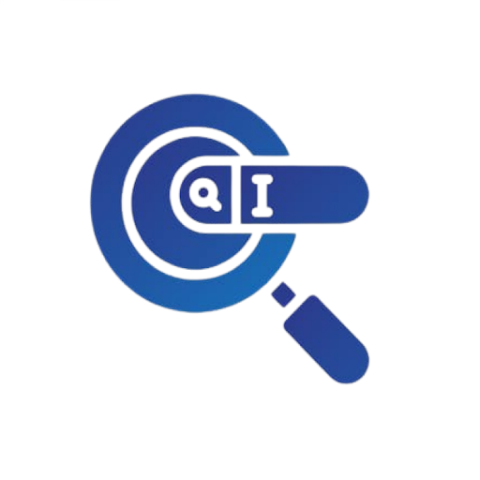



















































Together, let's create something great;
we hope to see you soon!
